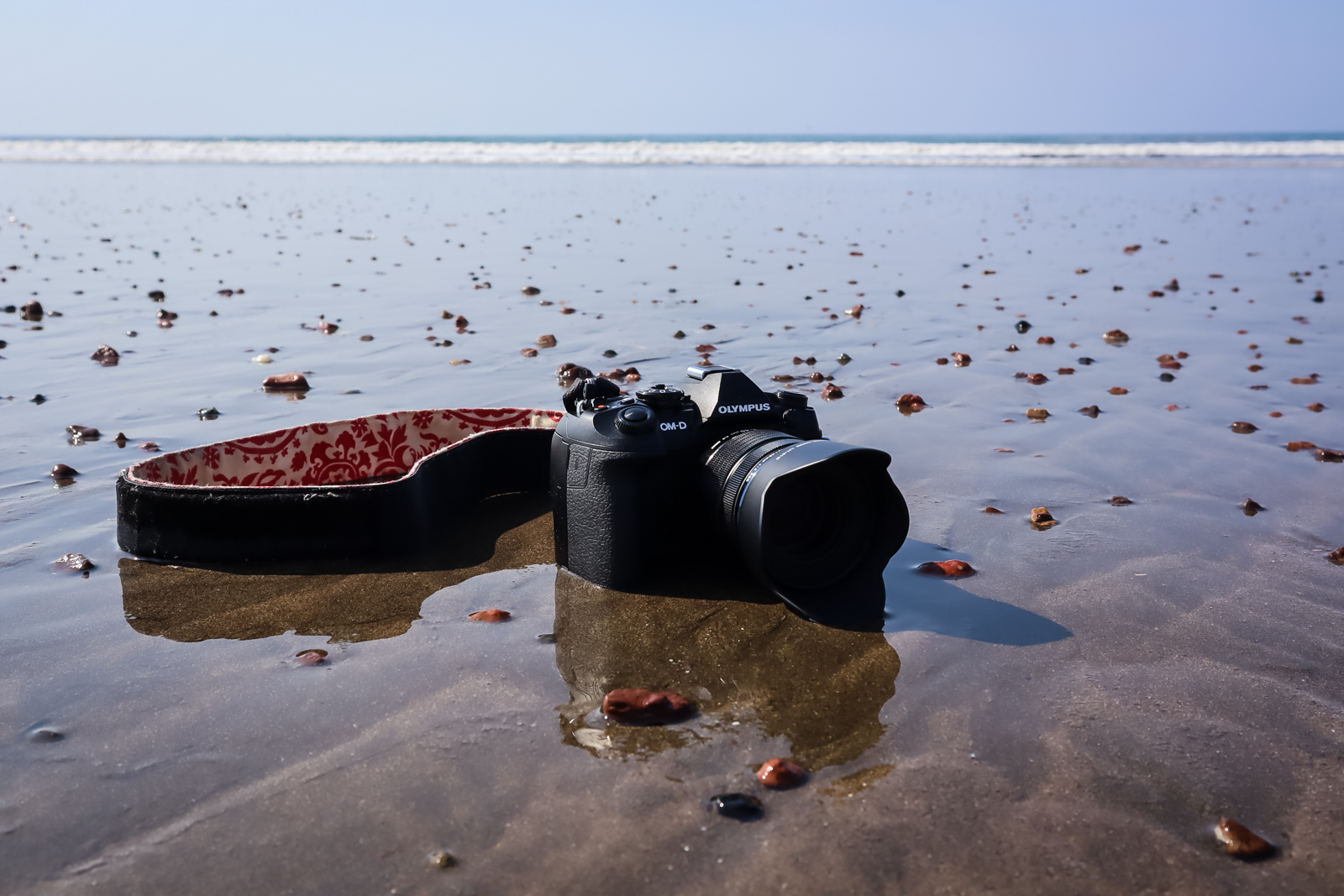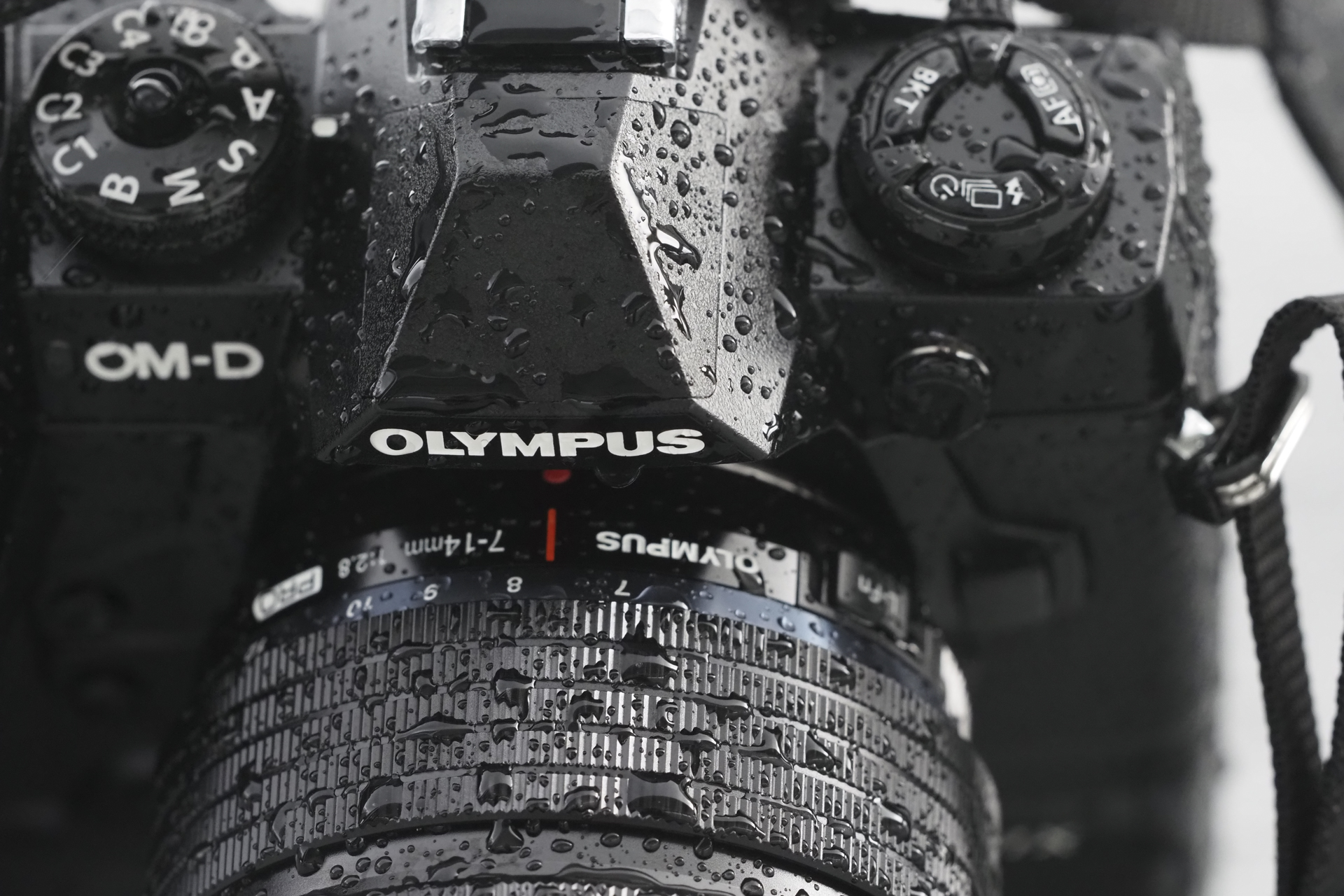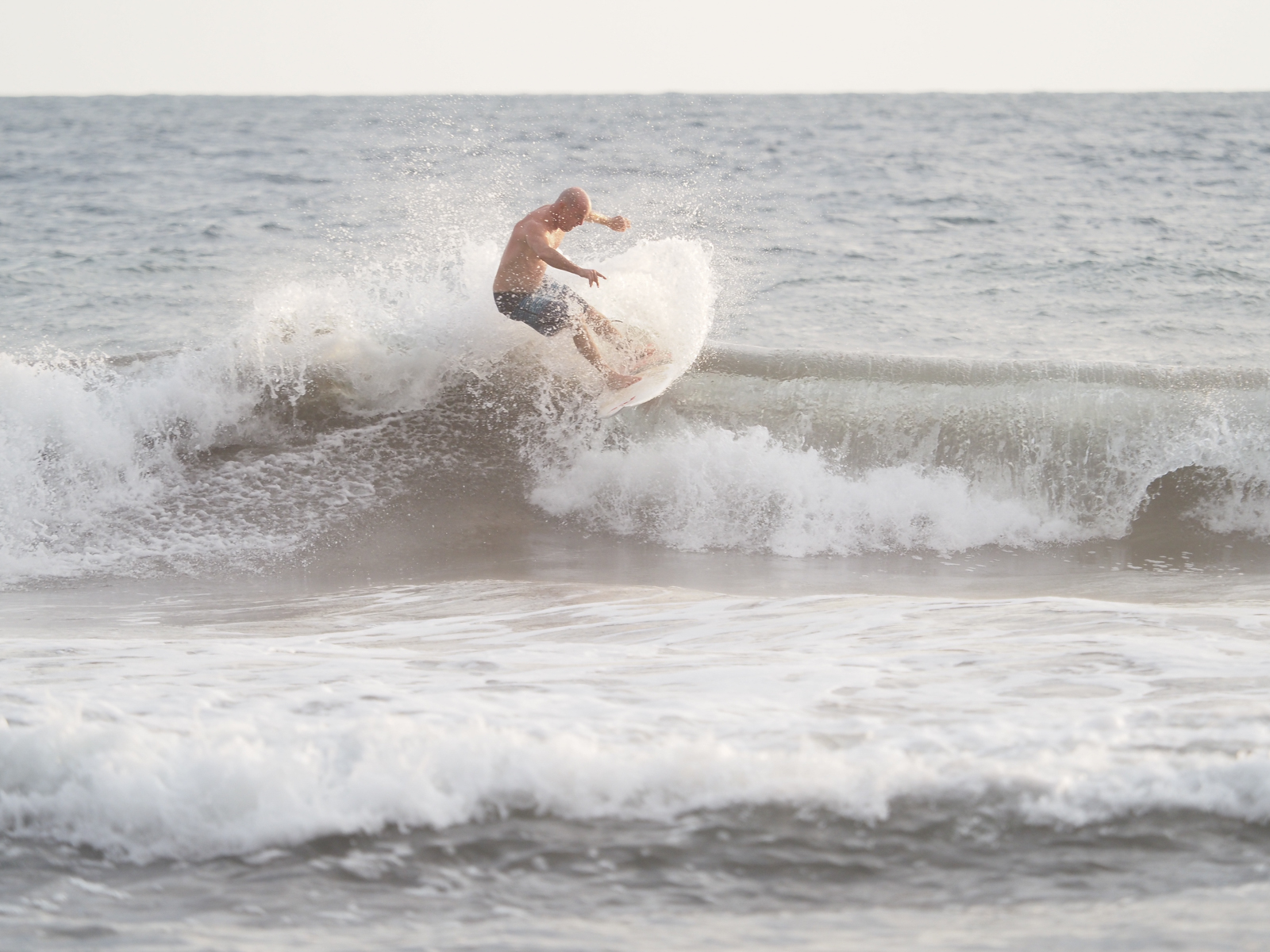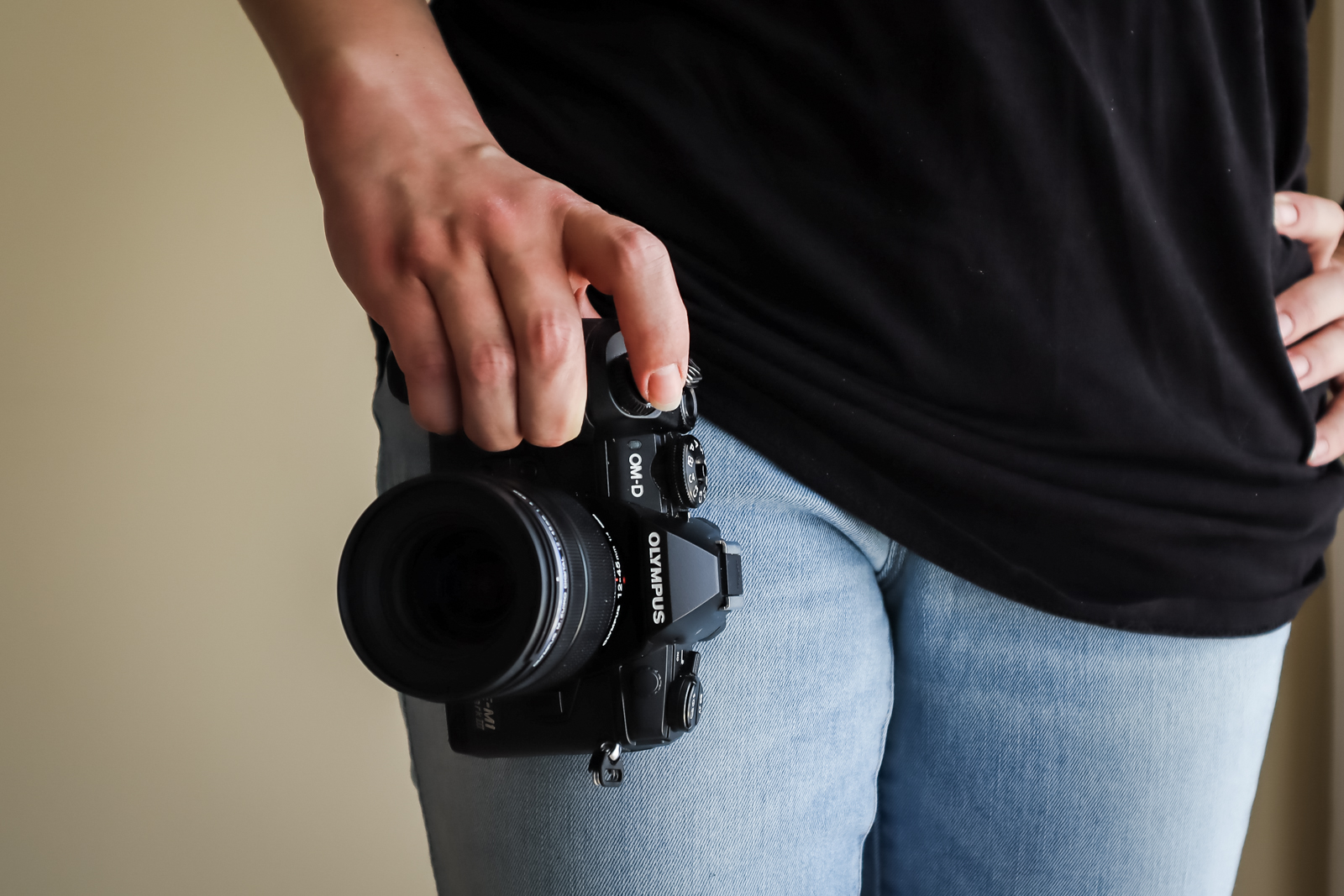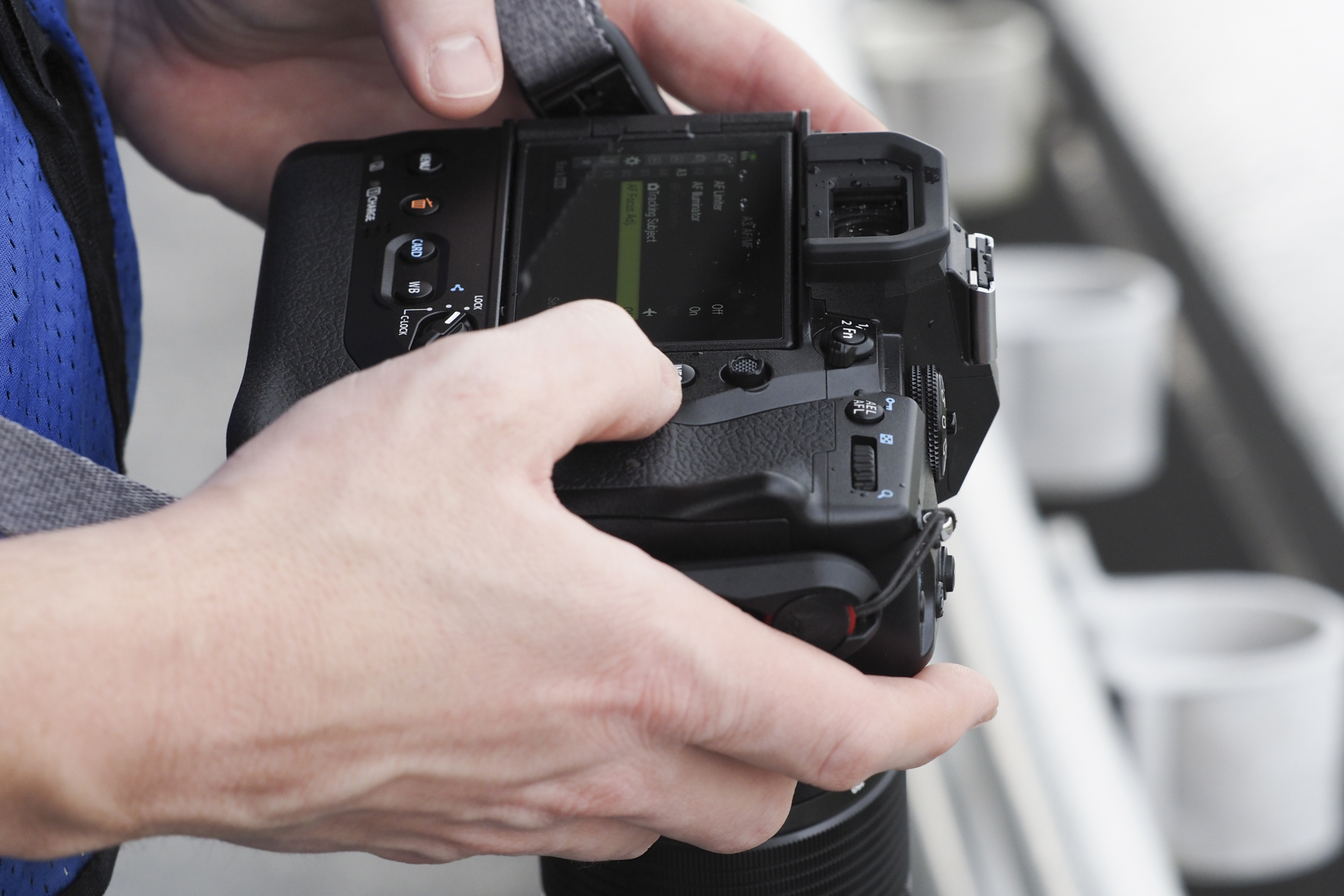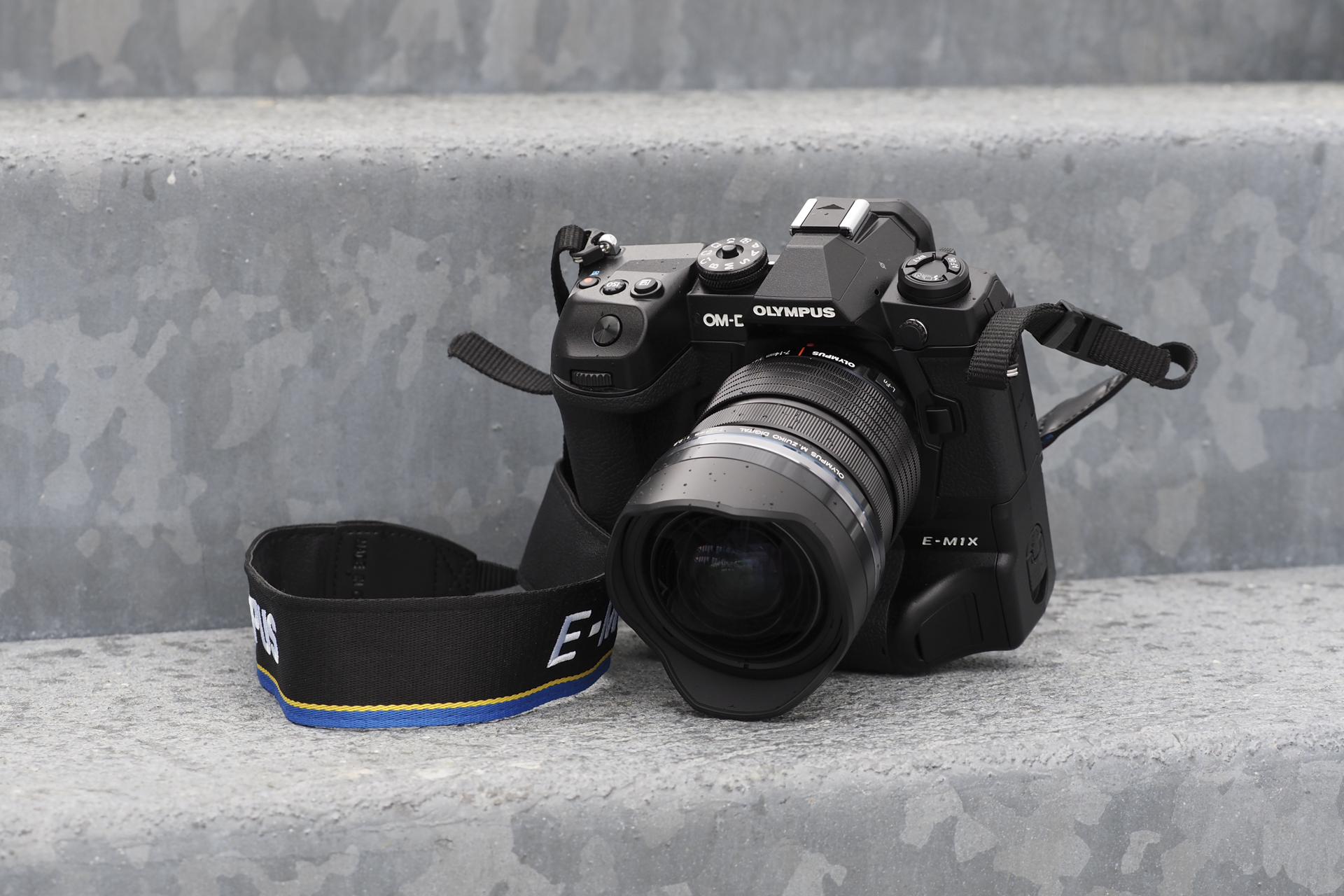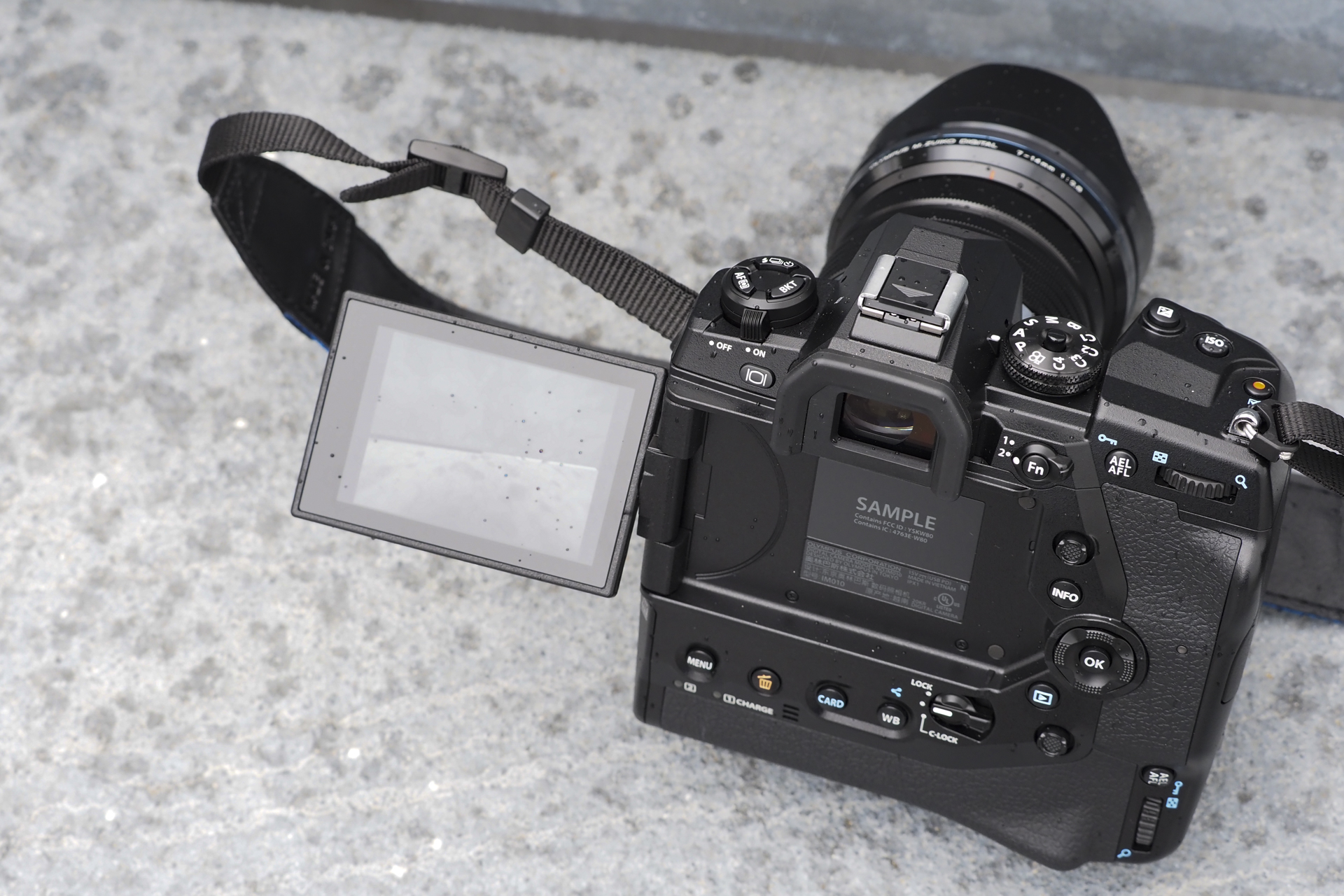Olympus no longer has a flagship camera — it has two. The new Olympus OM-D E-M1 Mark III is not designed to succeed the earlier E-M1X, but rather to share the throne. Using the same 20-megapixel sensor, the two cameras deliver identical image quality — but a very different experience.
The Olympus OM-D E-M1X is a giant by mirrorless standards. It has a vertical battery grip built-in, a move that the company says is designed for maximum reliability and durability. By contrast, the OM-D E-M1 Mark III is a travel-friendly camera with a much more compact body, but it lacks the battery life and motorsports-specific autofocus mode of the E-M1X.
While the two are parallel on several levels, there are a few major differences, mostly in design. This is one time when we can safely advise you to save your money. The cheaper option is the better choice for all but a small niche of photographers.
At a glance:
Olympus OM-D E-M1 Mark III
- $1,799
- 20 ounces
- TruPic IX processor
- Starry Sky autofocus
- Single battery rated at 420 shots
- Read our Olympus OM-D E-M1 Mark III review
Olympus OM-D E-M1X
- $2,599
- Dual-grip body, 35 ounces
- Two TruPic VIII processors
- A.I. motorsports autofocus
- Two batteries rated at 870 shots combined
- Read our Olympus OM-D E-M1X review
Sensor and stabilization
The 20MP 4/3-inch sensor in both cameras isn’t going to win a competition against larger APS-C or full-frame sensors, but it has some benefits. The smaller format allows for smaller lenses, while the relatively low megapixel count helps both cameras achieve very fast performance.
Between the E-M1 Mark III and E-M1X, image quality is going to be indistinguishable. The E-M1 Mark III does have a newer processor, which may give the camera a slight boost in noise reduction at high ISOs, but the difference isn’t going to be noticeable unless you’re pixel-peeping lab-tested shots.
Both cameras also share industry-leading image stabilization, with up to 7.5 stops of shake reduction. That’s enough to take photos that are several seconds long without a tripod. And with built-in neutral density (ND) filters, you can actually shoot those long exposures during the day without having to bother with screw-on lens filters.
The stabilization system is one of the biggest reasons to choose an Olympus over another camera brand, but neither model here has an advantage over the other.
Speed
With the larger body, the E-M1X houses two processors, which you may think would lead to faster continuous shooting performance, but both cameras are equal here. Each can shoot up to 15 frames per second using the mechanical shutter or 60 with the silent electronic shutter. However, if you need continuous autofocus, you’ll be limited to 10 fps mechanical, 18 fps electronic.
Autofocus
Both the E-M1X and the E-M1 Mark III use the same hybrid contrast and phase detection autofocus system, with 121 cross type points for the on-chip phase detection. But, the two cameras have very different headlining autofocusing features, and this is where the E-M1X’s extra processor likely gives it an edge.
Using artificial intelligence, the E-M1X has a motorsports autofocus mode that can quickly find and focus on the driver (not just the vehicle) in a number of different motorsports, and even in trains and planes. That’s a huge help to quickly grab focus in such a fast-paced genre, but, of course, it won’t help you in other types of photography.
The E-M1 Mark III doesn’t have that motorsports feature, it does introduce a new AF mode the E-M1X lacks. It’s called Starry Sky AF, and it uses luminosity to find focus, allowing photographers to use autofocus for astrophotography, as well as things like night cityscapes. Achieving perfect focus is one of the trickiest parts of astrophotography, and Starry Sky AF is the first technology of its kind.
Video
Just like with photos, the two cameras have essentially identical video capabilities. Both can shoot cinema 4K at 24 fps or slow motion Full HD up to 120 fps. Advanced features like OM-Log, time-lapse, and HDMI output are included with both. The excellent stabilization is also available in video mode, helping to smooth out those handheld shots.
Design
So far, it’s a tie game — but when it comes to design, the two cameras are complete opposites. With the built-in battery grip, two batteries, and two processors, the E-M1X weighs a hefty 35 ounces and is even bigger than some DSLRs. The trade-off is the 870-shot battery life (more, in power save mode) and a control scheme that’s identical whether you are shooting horizontal or vertical. Olympus says the built-in battery grip offers more durability and reliability compared to adding a battery grip onto a smaller camera, like you can with with the E-M1 Mark III.
The E-M1 Mark III is a much smaller camera, weighing in at 20 ounces. The smaller body is still weatherproof and uses a durable shutter with the same life expectancy as the E-M1X. While the E-M1X is well-built, we preferred the design of the E-M1 Mark III simply because it’s less to haul around and is still remarkably well made. Professional sports and wildlife shooters, who need all the durability they can get, may prefer the E-M1X. For the rest of us, its design is simply overkill.
The two cameras also have similar control schemes, with the exception that the E-M1X has duplicate for vertical shooting.
Which is right for you?
The Olympus OM-D E-M1X and E-M1 Mark III are nearly identical in image quality and performance, with the X offering motorsports autofocus and the III astrophotography autofocus. But despite those major similarities, the two cameras are instantly distinguishable in design — and price. The E-M1X retails for $2,599 at the time of writing (originally $2,999), the E-M1 Mark III for $1,799.
The E-M1X is the more durable camera, with longer battery life. The camera is also better for niche photographers that spend a lot of time shooting motorsports.
The E-M1 Mark III is the more portable camera — it’s our current pick for the best travel camera because of its size, stabilization, and built-in ND filters. And while it doesn’t have the battery grip built-in, you can buy a lot of extra batteries for the price difference.

Bottom line
Unless you spend a lot of time shooting motorsports, buy the E-M1 Mark III. The image quality and performance is basically identical, but the E-M1 Mark III is both more compact and more affordable.
Editors' Recommendations
- Olympus E-M1 Mark III vs. Olympus E-M1 Mark II: Is the upgrade worth it?
- Canon’s EOS-1D X Mark III wants to squash mirrorless with 20 fps, 10-bit color


